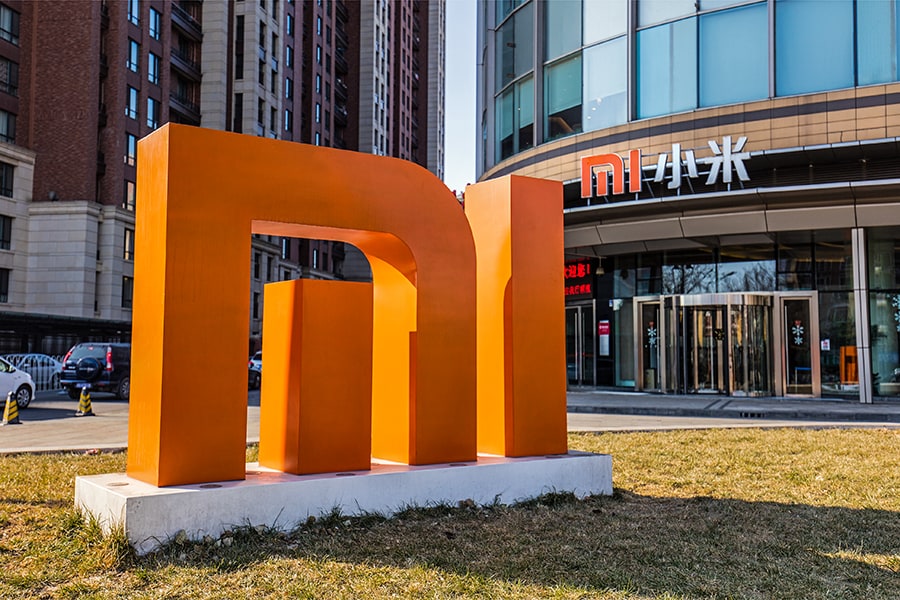
Xiaomi's road to Internet-of-Things dominance
The key to building the world's largest IoT company? A novel collaboration-based strategy of "strategic coalescence"
 Image: Shutterstock
Image: Shutterstock
The key to building the world’s largest IoT company? A novel collaboration-based strategy of “strategic coalescence”.
Xiaomi entered the competitive Chinese mobile phone market in 2010 with MIUI, an Android-based smartphone software product which it offered for free. By 2017, it had achieved global recognition as a leading smartphone manufacturer and reached US$15 billion in revenue. Today, Xiaomi is the world’s largest Internet-of-Things (IoT) firm and by the end of 2020 had revenues exceeding US$37 billion.
How did Xiaomi manage to achieve such extraordinary growth? In addition to interviews with senior executives from Xiaomi and its ecosystem partner firms, our in-depth, multi-year study involved extensive analysis of conversations, reports and datasets from 2010–2020 across all departments of the firm.
Our research revealed that Xiaomi’s approach to collaboration has been the key factor underlying its rapid growth. Since its inception, the firm has focused on creating mutually beneficial relationships with both consumers and partners. This novel, in-depth collaboration-based strategy, which we term “strategic coalescence”, conferred it a sustainable competitive advantage and shaped every significant move it has made, resulting in its spectacular growth.
[This article is republished courtesy of INSEAD Knowledge, the portal to the latest business insights and views of The Business School of the World. Copyright INSEAD 2024]







